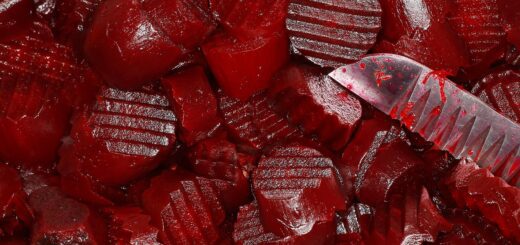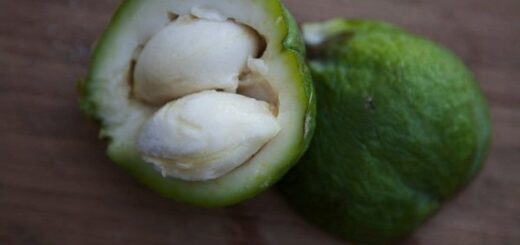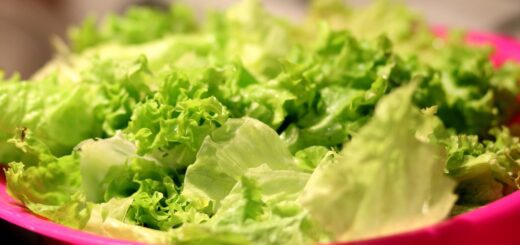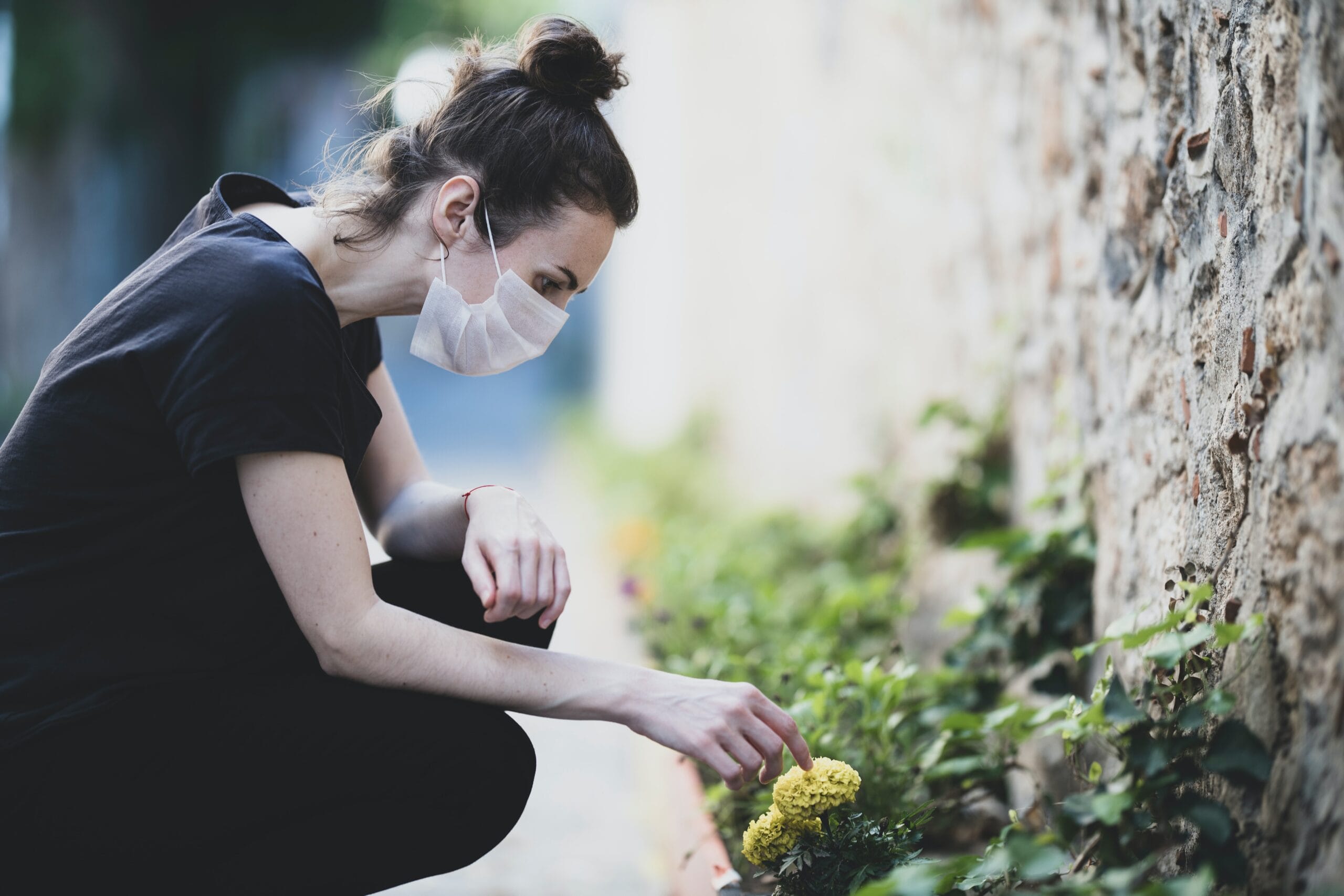Herb Robert
Geranium robertianum is an annual, low growing herb to 30-40cm in height.
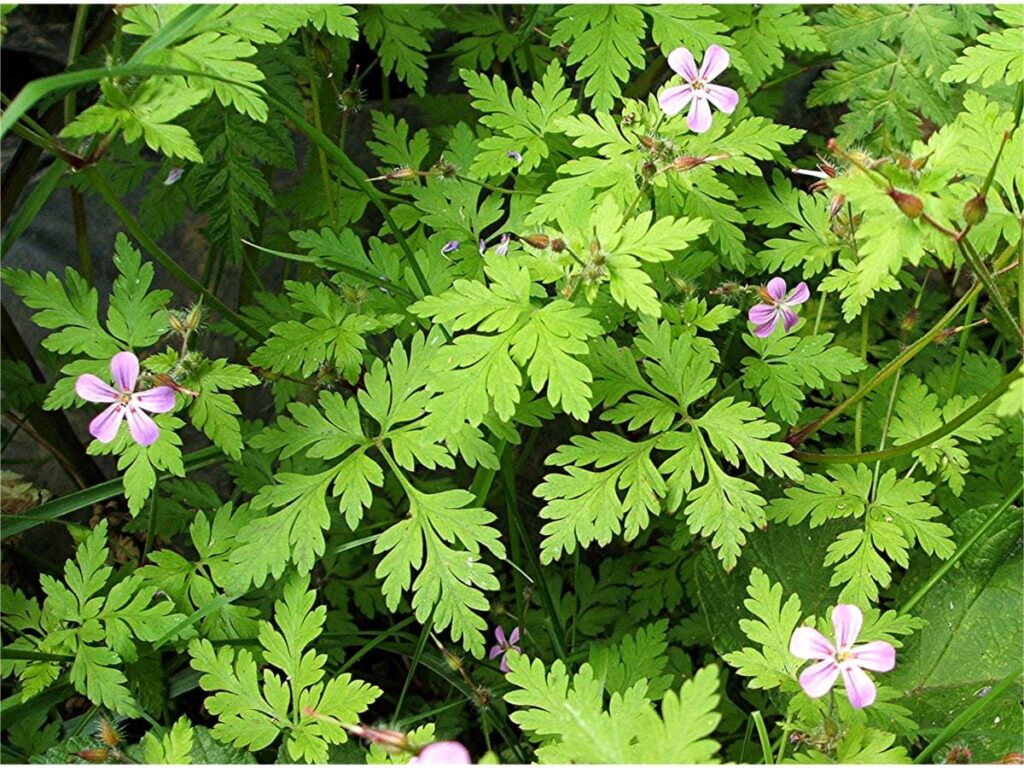
Photo taken by Graham Calow, Sapcot, 05 June 2006
It has been known by many names, including Cranesbill, Bloodwort, Red Robin, St. Robert’s Wort and Dragon’s Blood. It is native to Europe and parts of Asia, North America, and North Africa.
This little known herb is never seen in nurseries, but can be found growing freely in cool moist and shady locations from the subtropics down to cool temperate climates. It is often frowned upon as a weed, as it will seed freely and can be seen sprouting through cracks in concrete, and other inhospitable environments.
The fine, palmate shaped leaves, and stems, are often tinged with pink, red or bronze, and the flowers are very dainty, bright pink with 5 petals. It is a very pretty addition to the garden, and seems to companion well with a wide range of edible plants.
As well as being an attractive addition to the garden, Herb Robert is a supreme therapeutic herb. It is one of the most beneficial herbs that we can use regularly as an enhancer of the immune system.
Its actions are: adaptogen, antibiotic, antidepressant, antidiabetic, anti-inflammatory, antioxidant, antiseptic, antiviral, astringent, digestive, diuretic, sedative, syptic, and tonic.
Research has shown that Herb Robert is a source of germanium, a valuable element to the body, as it has the ability to make oxygen available to the cells. More oxygen, at cell level, means the body has the opportunity to fight disease using its own powers, and healing can take place more easily.
Germanium not only works as an oxygen carrier and catalyst, but also stimulates electrical impulses, at a cellular level, which has a beneficial ripple effect, throughout the whole body.
There is also a lot of anecdotal evidence of significant anti cancer properties.
The leaves can be eaten fresh, or can be dried and made into a light and refreshing tea.
Rubbing the leaves on the skin is also said to repel mosquitoes.
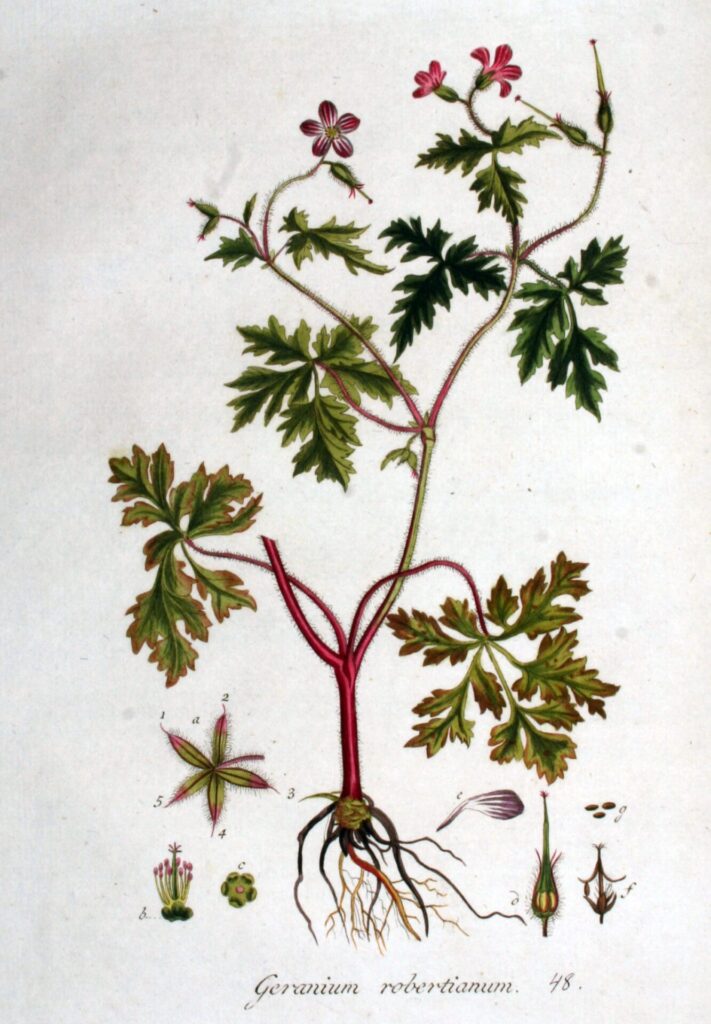
In the Dandenong Ranges, where I live, Herb Robert can be found growing wild by the side of the road, as well as in many back yards.
It is believed that the herb was probably named after the 11th Century French saint, Robert Abbot of Molerne, whose medical skills were legendary.
The late Isabell Shipard, one of Australia’s great herbalists, described Herb Robert as a master herb, and an essential plant to cultivate in every garden.


